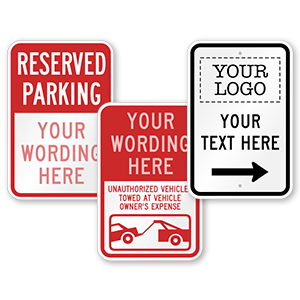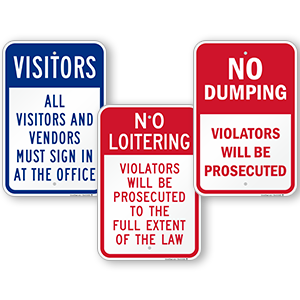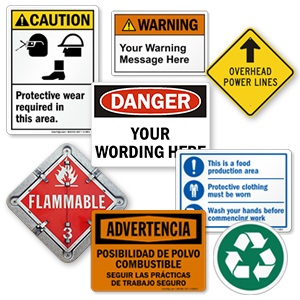The fading beauty of ghost signs
Have you ever walked past a building and noticed an old, hand-painted advertisement slowly fading away? It may be fading and difficult to read, but it is still visible. This is called a “ghost sign”. Usually, they are kept for sentimental purposes or simply if the owner doesn’t care to have it removed.
Many ghost signs from the 1890’s to 1960’s still exist today, mainly in the United States, the United Kingdom, France and Canada. Most of these signs were made with oil-based house paints that contain lead, which is what adheres it to the building for such a long period of time. Signs started to be created differently in the 20th century, and so ghost signs from that period are not as prevalent.
Today, conservators are asked to preserve and rehabilitate many original signs rather than paint over or alter them. Some of these include a Coca-Cola sign in the Old Town District of Fort Collins, Colorado, the paint on the exterior of the National Building Museum in Washington, D.C., and an “Omega Oil” sign in New York City.
Special thanks to our contributor, Sam Roberts and his GhostSigns Initiative. His work includes the GhostsSigns Tour app, publications, and other work aimed at documenting and researching these old, fading advertisements.
Check out more ghost signs on his website – https://ghostsigns.co.uk/.








